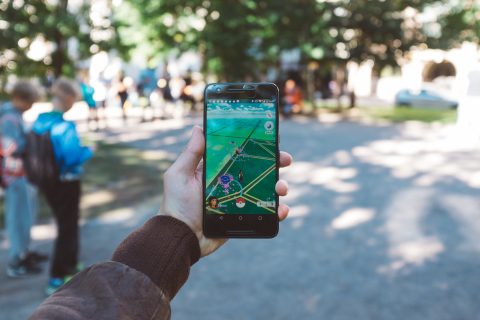This post is part of a series challenging our assumptions about learning techniques. We’re giving you up to date information from current research into learning to help you learn effectively. Check out the previous post in this series and read the most recent one below.
Increasing our ability to multitask means that we can work on many things at once. If we can work on many things at once then we can progress faster in all areas.
THIS IS FALSE.
It’s like playing a piece on the piano while painting a picture. Both require the full attention of your hands. To play the piano piece and paint a picture simultaneously means doing both less well than if you were to concentrate solely on one or the other.
In this analogy, your hands represent your brain. We presume that if we set our brain to task on more than one thing at a time that we will achieve more, but actually this would compromise how well the brain copes with each task.
The truth is that multitasking is highly ineffective. Multitasking puts a strain on our working memory and clouds our view of the information that really matters. Textbooks may include little quips or extra information in order to engage us, but sometimes this actually takes up space in our working memory and prevents us from focusing on the core concepts. It is therefore important to maintain a careful balance between adding information that will engage us and adding too much unnecessary information that it distracts us. Achieving this balance is vital to effective learning.
Want to read more on this topic? Check out these links:
What is Up Learn? Up Learn uses artificial intelligence and research from cognitive science to help students achieve A* results. Find out more.
We’re releasing a new learning hack every 2 days. Like our Facebook page to be notified!



